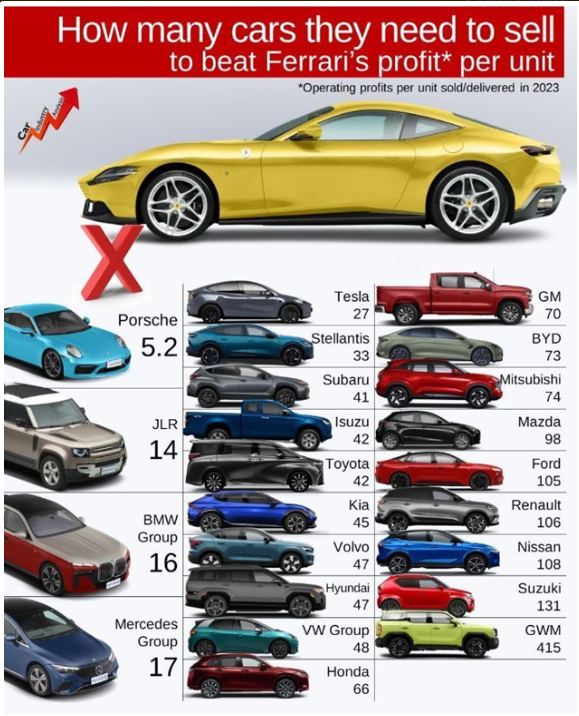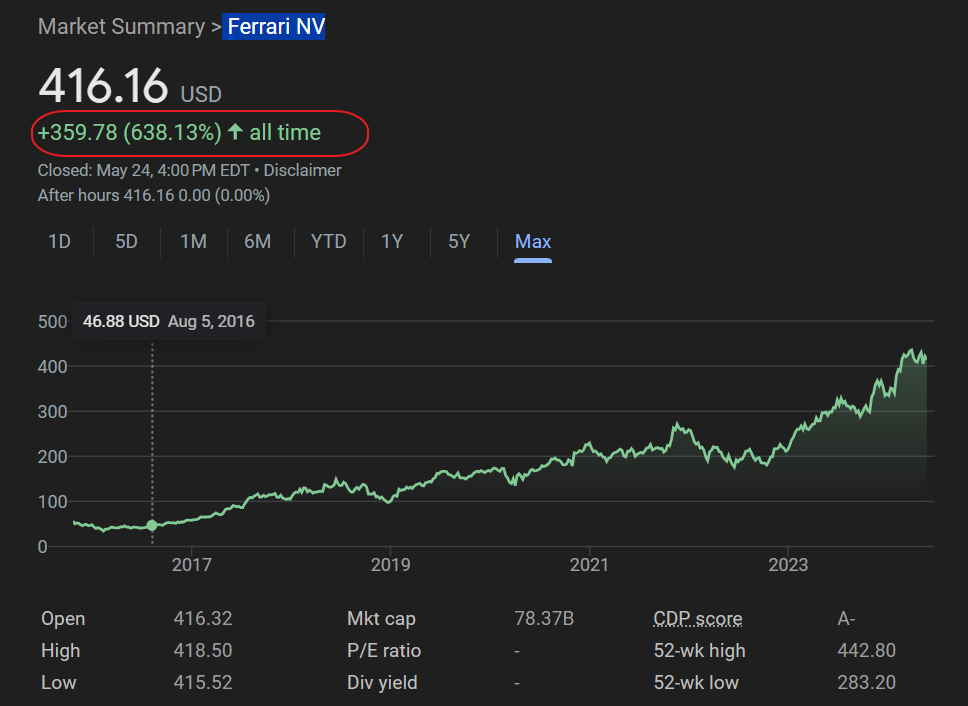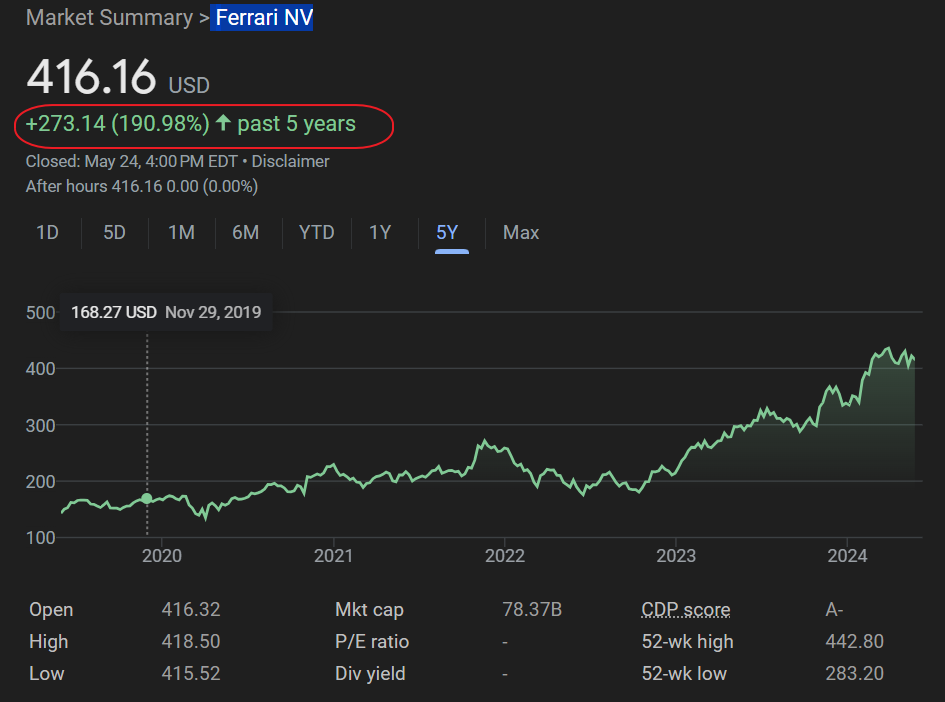The average hours worked per year for countries was published by OECD recently. According to their date, the Colombian worker worked the most at over 2,405 hours per year. The average American worked just over 1,810 hours per year. The EU average was 1,570 hours. Germany had the lowest hours per worker at 1,340 hours per year.
Click to enlarge
Source: Have the Germans become lazy at work?, Deutsche Welle
A German study disputes the OECD findings arguing that instead of less work actually more work is being done by a German worker and the female participation in the labor force is also the highest over the past 30 years.




